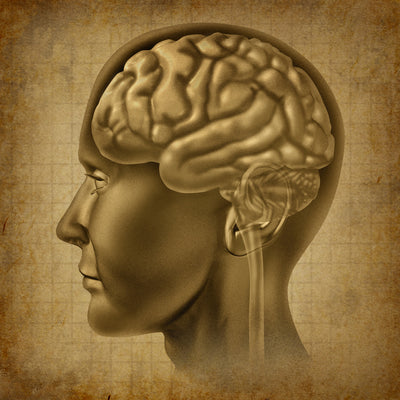
While most of us viewed this requirement as an annoyance, our parents and coaches understood that we needed to wear them for protection. Without protective gear, the threat of a potentially life-altering injury perpetually loomed in the distance. But what exactly is this threat?
The Rapid Movement of Brain Injuries : Concussion Statistics
While schools, parents and public health organizations spend countless hours detailing the horrors of concussions, I wasn’t aware just how common they are.
Every year, nearly three million Americans are treated for concussions. Unfortunately, not every hospital visit ends well. The CDC reports that out of this number, complications due to a concussion claims the lives of almost 50,000 people, which is almost 153 people per day.
Before diving into the concussion protocol and treatment options, what is it?
Exposing Traumatic Brain Injuries : Defining the Danger
If you’ve ever wondered what is a concussion and why it can lead to lifelong disability, let’s take a few moments and explore the back and forth of this serious condition.
- Official Definition - Classified as a traumatic brain injury, or TBI, it’s occurs when sudden force causes your head to rapidly jolt back and forth. Regardless of the cause, injury takes place when this rapid movement causes your brain to bounce or twist against the sides of your skull.
- Causes of Damager - As your brain jostles around, this delicate organ responds by altering chemical reactions throughout both hemispheres. In serious cases, brain tissue is stretched and brain cells are seriously damaged.
- Mild or Serious? - It’s possible you’ve heard this injury referred as a mild traumatic brain injury, or mTBI. This raises the question of the real risk associated with a sudden head impact. This definition stems from the concussion statistics highlighting the relatively low risk of life experienced by most patients. Regardless, mTBI isn’t a minor injury. Its effects can be quite serious and last a lifetime.
The Signs of a Concussed Person : What to Look For
Because this injury can’t be confirmed via MRI or CT scans, diagnosis requires astute observation. The severity of symptoms varies from person-to-person, but there are several hallmark signs that indicate this form of brain injury.Neurologic Disfunction
The most common sign of injury is a temporary case of confusion. It’s not uncommon for a concussed person to forget where they are, respond to questions in an inappropriate or delayed fashion as well as report a generalized sense of disorientation. Slurred speech patterns may also be a sign of a more serious injury. The severity of these symptoms range from mild to severe.
Retrograde Amnesia
Another common symptom is classified as retrograde amnesia. This occurs when a concussed individual forgets what just happened. In some cases, they don’t remember becoming injured. In the most severe cases, large chunks of time simply vanish.
Post-Traumatic Amnesia
Forgetfulness of events following the injury is most commonly observed in mild to serious cases. For example, the concussed person doesn’t remember getting to the hospital or driving home from treatment.
Four Pillars of Symptoms
Because of the unique circumstances of this injury, identifying symptoms is tricky. However, if you know the four pillars of symptoms, diagnosis is easier and more accurate. The pillars include: thinking/remembering, physical, emotional and sleep. Alterations in any of these categories is a clear indication of a more serious brain injury.
Concussion Protocol : Essential Steps to Remember
When dealing with a potential brain injury, follow several steps to help minimize the risk of longterm damage. These include:
Concussion Protocol for Diagnosis
After a potential brain injury, even from minor events, a physician may perform one or all the following protocols:
- Neurological Exam - This examination identifies the health and function of the patients vision, balance, reflexes, hearing and other neurological systems.
- Cognitive Exam - Because a concussed person may experience damage to the cognitive portions of their brain, this evaluation tests their memory, information recall, concentration ability and speech patterns.
- Observation Period - Performed at home or in the hospital, this protocol ensures an injury doesn’t escalate hours after the event. Typically, a concussed person is woken throughout sleep to ensure the neurological process involved in awakening aren’t damaged.
Treating the Unseen : Concussion Remedies and Treatment
In most cases, rest is the only form of treatment available. It’s advised that a concussed person limits activities that require prolonged mental simulation, such as reading, using a computer or watching TV. Other activities, such as physical exertion or exercise, aren’t recommended until all other symptoms have disappeared.Concussion remedies work to alleviate pain and support brain health. However, there aren’t specific treatments available. The body must be given ample time and space to heal itself from this terrifying injury.
References:
https://www.webmd.com/brain/tc/traumatic-brain-injury-concussion-overview#1
https://www.cdc.gov/traumaticbraininjury/get_the_facts.html
https://concussionfoundation.org/concussion-resources/what-is-concussion
https://www.cdc.gov/headsup/basics/concussion_whatis.html
https://www.mayoclinic.org/diseases-conditions/concussion/diagnosis-treatment/drc-20355600


 {{/image.src}}
{{/image.src}}





